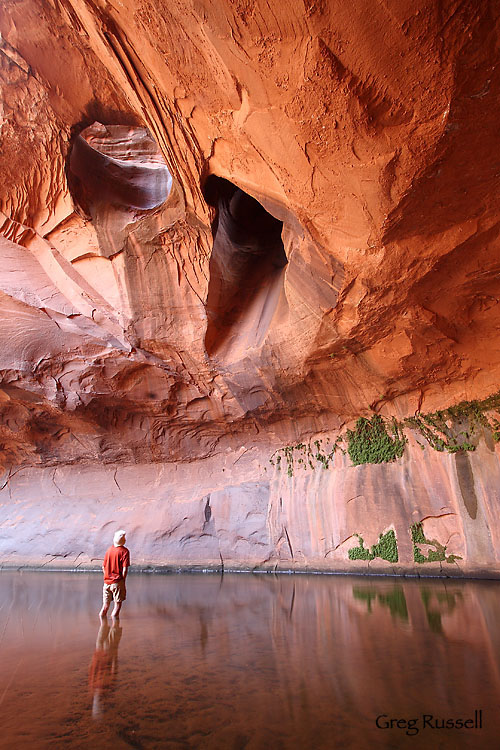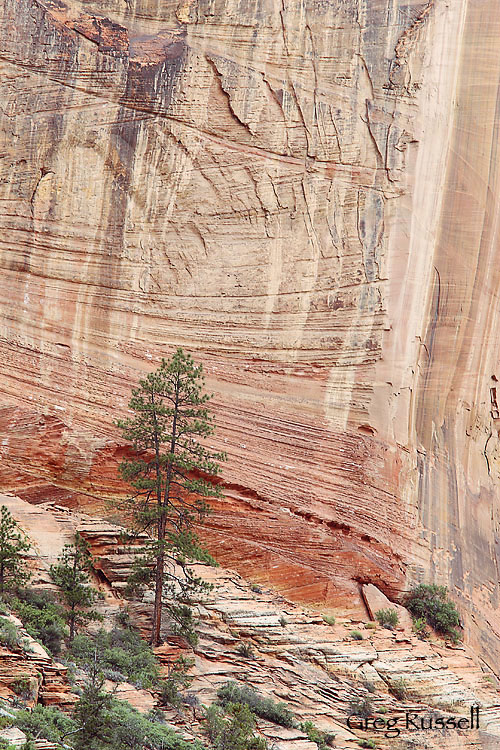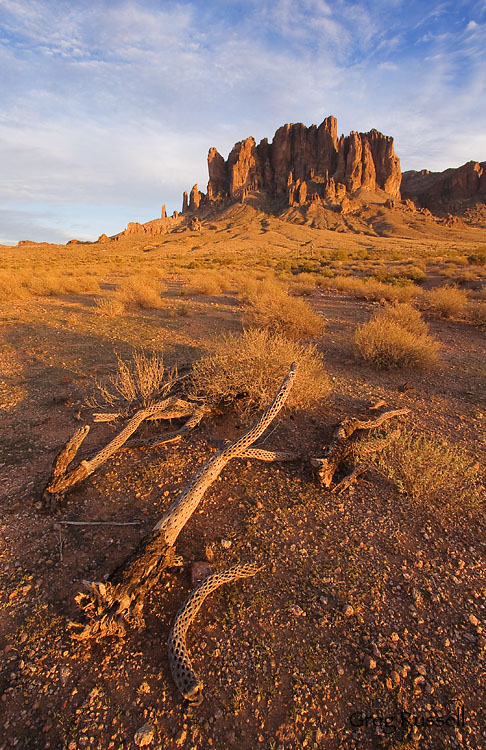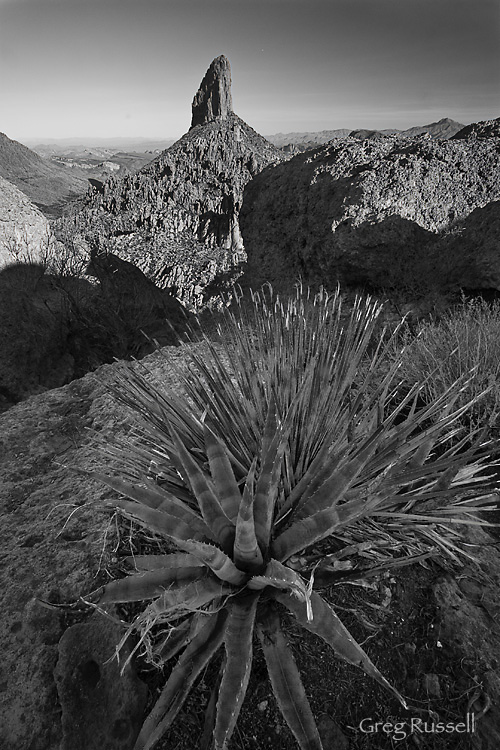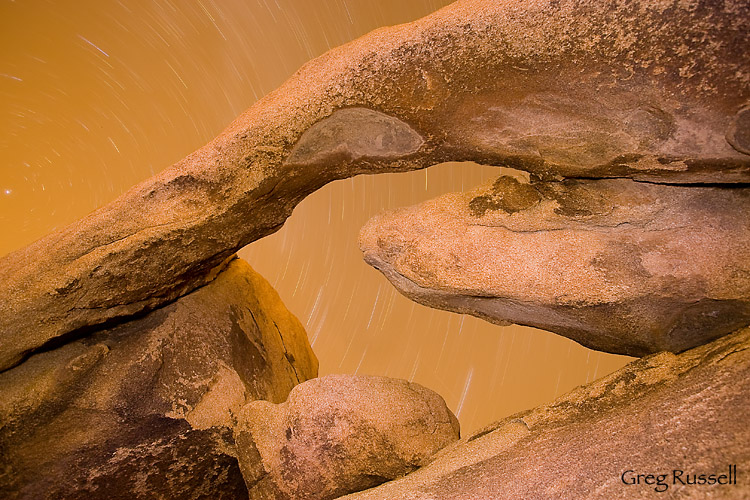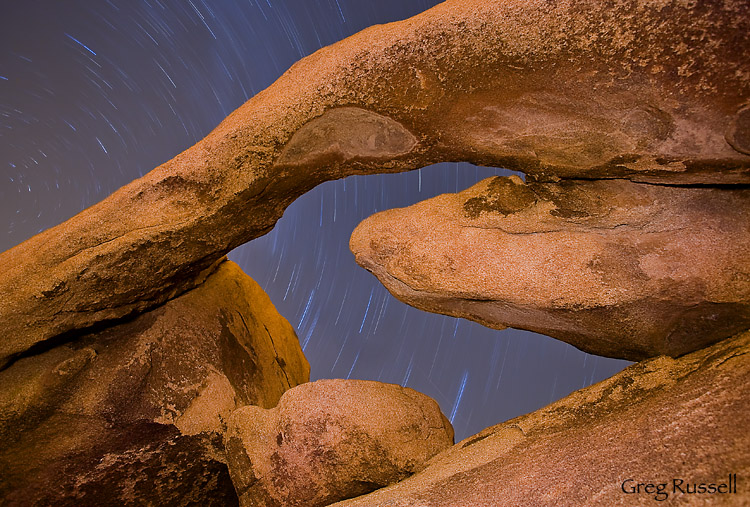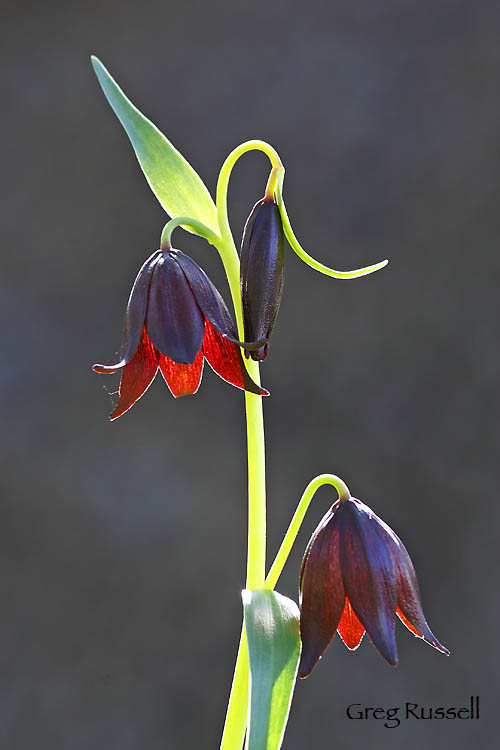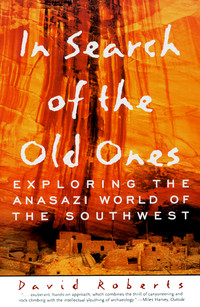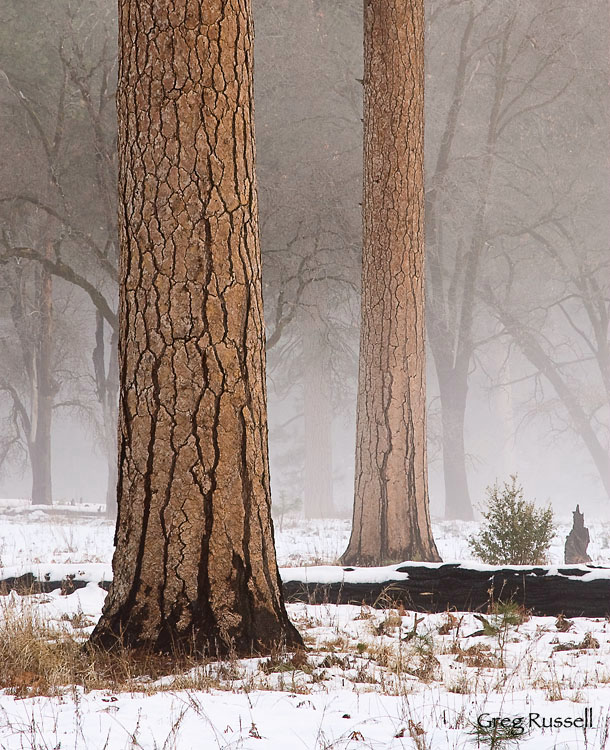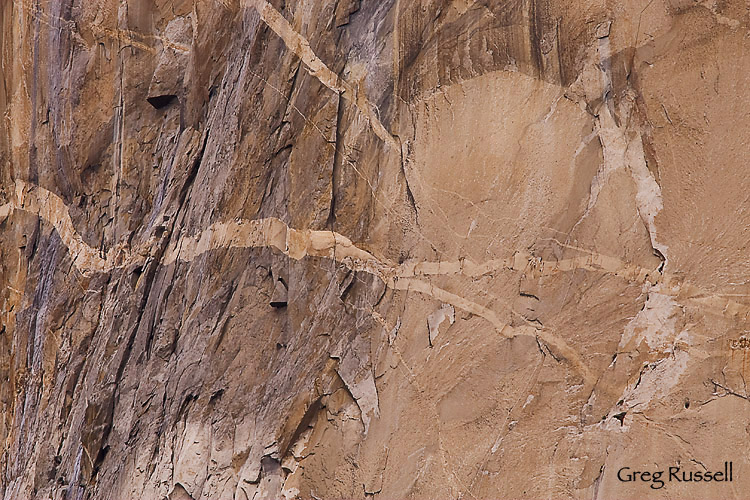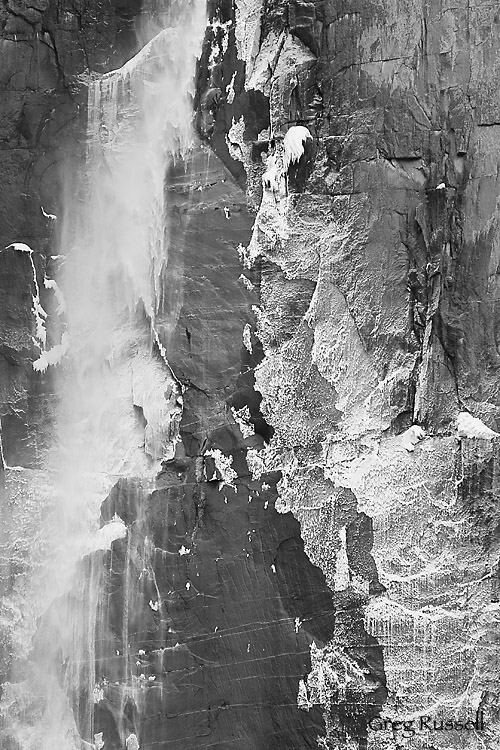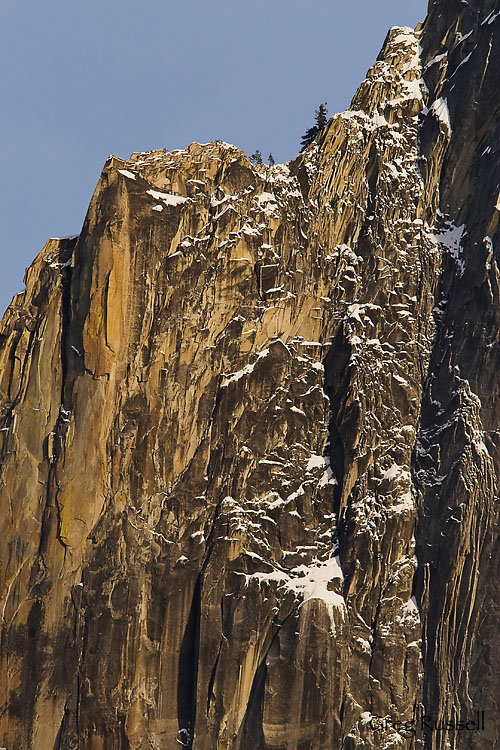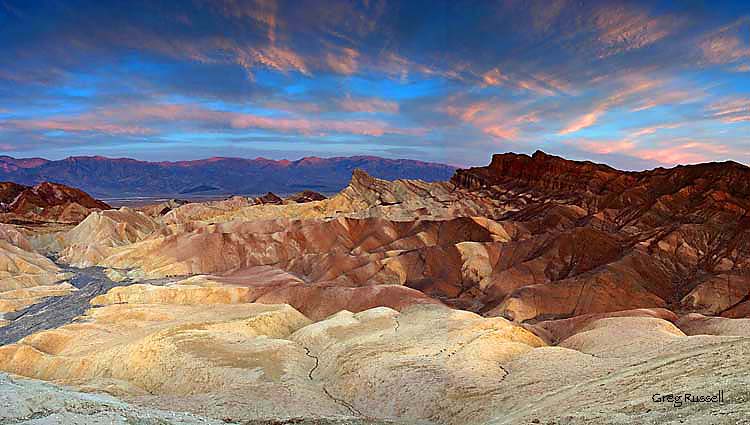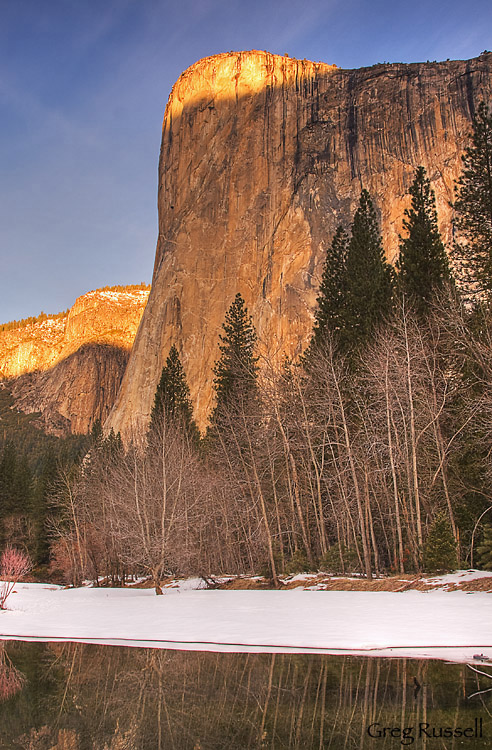I have to admit that although I’m fortunate to find great photography subjects close to home–often in my backyard!–the act of working really hard for an image brings a lot of satisfaction. Sometimes working that hard for an image can bring big adventure–and some hair-raising experiences to the table as well.
As I write this, I’m reminded of two such days. The first is last August, in the Grand Staircase-Escalante National Monument. A friend and I drove up from southern California, and my dad drove out from New Mexico, and we spent a few days making images in the canyons of this wonderful wilderness. On our second day–my dad’s day to pick how we spent the day–we hiked into Neon Canyon to visit the Golden Cathedral. The hike was fantastic–7 miles round-trip, all cross country–and the photography was phenomenal. However, it was August, and we were feeling the August heat–95+ degrees. I remember standing knee-deep in the Escalante River that afternoon thinking that there really was no place on earth I’d rather be at that moment. Hiking out of there was also the hottest, hardest work I’ve done in quite a while.
The second day was satisfying in a similar way, but a little more hair-raising. Again I was with my dad, and we were hiking through the Left Fork of North Creek–the Subway–in Zion National Park. If you’ve hiked it from top to bottom, you know that the descent from the upper bench into the canyon is a bit hairy. Although I’m not normally one to flinch at such things, I decided to try an alternate route down that day, as I saw a small trail heading off to my left. It seemed like a good idea for a while, but suddenly the earth gave out from underneath me, sending me head over heels down a gully…and toward a 75-foot drop off. After the second turn in the gully, I slid out of my dad’s line of sight, so all he could hear was me cursing and grasping for roots as I slid by. Finally one stuck, and I stopped, but not before I was bloodied and pretty battered. To add insult to injury, I landed in someone’s cathole (fortunately I didn’t land in “it” but it was too close for my taste)–don’t ask me who would find that a convenient spot to relieve themselves. I crawled back up and the rest of the day all I had to worry about was soaking my camera gear. My elbow still hurts from that day.
Recently, I was talking to a big wall climber who sort of guffawed at my sense of “adventure”. I guess because I’m not scaling El Capitan, my adventures weren’t quite worthy of praise–maybe because my pack is filled with an SLR body and a bunch of glass instead of a climbing rack, I’m not as cool. C’est la vie. Its important to remember that adventure comes in all sizes–its your perception of it that makes it special and memorable.
What are some of your adventures? Do you have any especially memorable experiences that have come out of working for an image? Maybe you got caught in an epic storm, or had to outrun a rabid badger. These are the experiences that make our “backyard adventures” just as cool as redpointing a new route on El Capitan…

